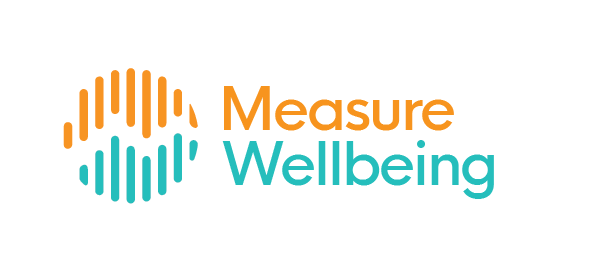General information
Description
This is a short 3-item tool, co-designed with older people and service providers. It uses positive and sensitive wording so is easy to use.
Strengths
- Positive language about a sensitive issue: The particular strength of this tool is that it is written in language which is non-intrusive and unlikely to cause any embarrassment or distress.
- Practical: It is therefore a very practical resource for organisations in the field to use
in their face-to-face work with older people. - Co-designed: It has been designed with a number of different people and organisations, to try and ensure it is appropriate for a ranges of contexts.
- Length: It has been kept as short as possible and is easy to score.
- Validity: The tool has undergone academic tests to ensure it is valid and reliable.
- Only using positive language: The use of only positive worded questions could also lead to respondents under-reporting their loneliness, although we cannot test for this.
- Not a screening tool: Finally, we strongly advise organisations not to use these questions as a “screening tool” to establish eligibility to their services. It has not been designed for this purpose and may therefore give misleading results.
Questions
This tool contains the following statements:
1. I am content with my friendships and relationships
2. I have enough people I feel comfortable asking for help at any time
3. My relationships are as satisfying as I would want them to be
The response options are:
Strongly Disagree / Disagree / Neutral / Agree / Strongly Agree
In order to avoid a ‘response set’ – where people give the same answer to a question almost by rote, it is important to alternate the direction of answers. E.g. for questions 1 and 3 you start with the ‘Strongly Disagree’ end of the scale and for question 2 you start with ‘Strongly Agree’.
Asking all three of these questions together produces the most reliable information on people’s experience of loneliness.
Source
Campaign to End Loneliness Measurement Tool
Validation details
Implementation
Cost / Terms of Use
Free (No permission required)
Instructions and Scoring
Strongly disagree – 4
Disagree – 3
Neutral – 2
Agree – 1
Strongly agree – 0
of scores from 0 to 12, which can be read as follows:
whereas anyone with a score of 10 or 12 is likely to be experiencing the most intense degree of loneliness.
Benchmarking
We don’t currently have benchmarking information for this measure.
